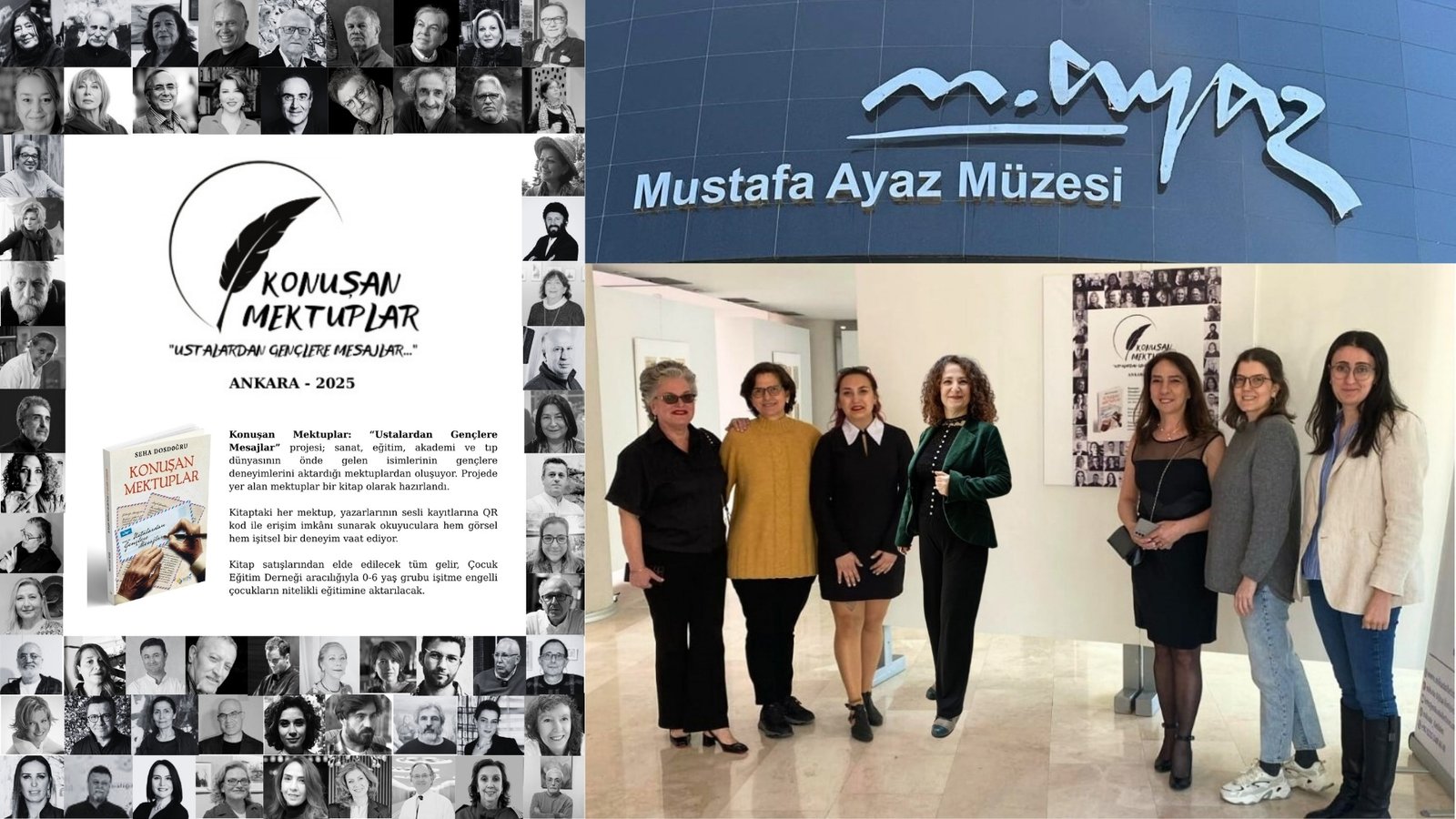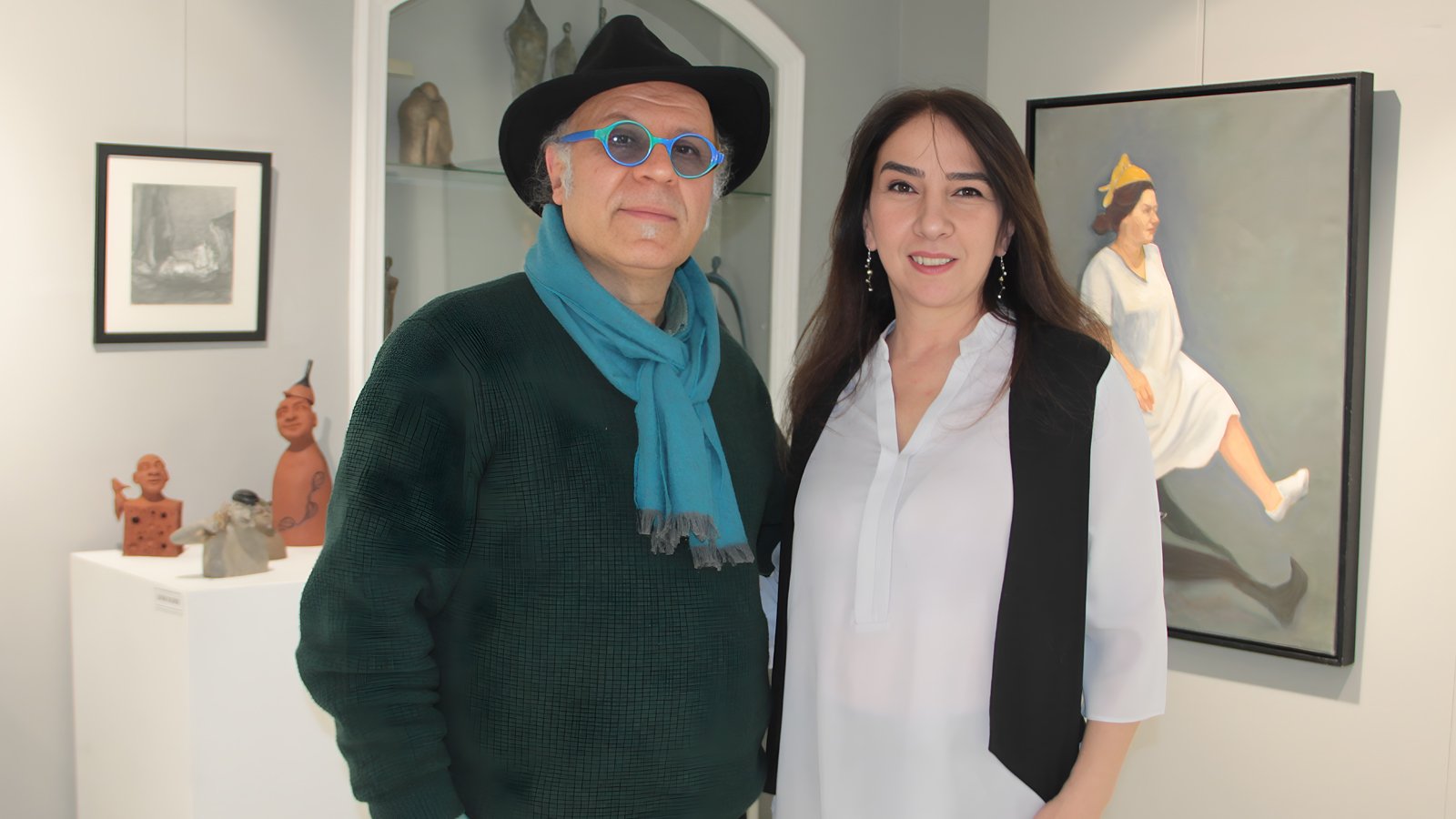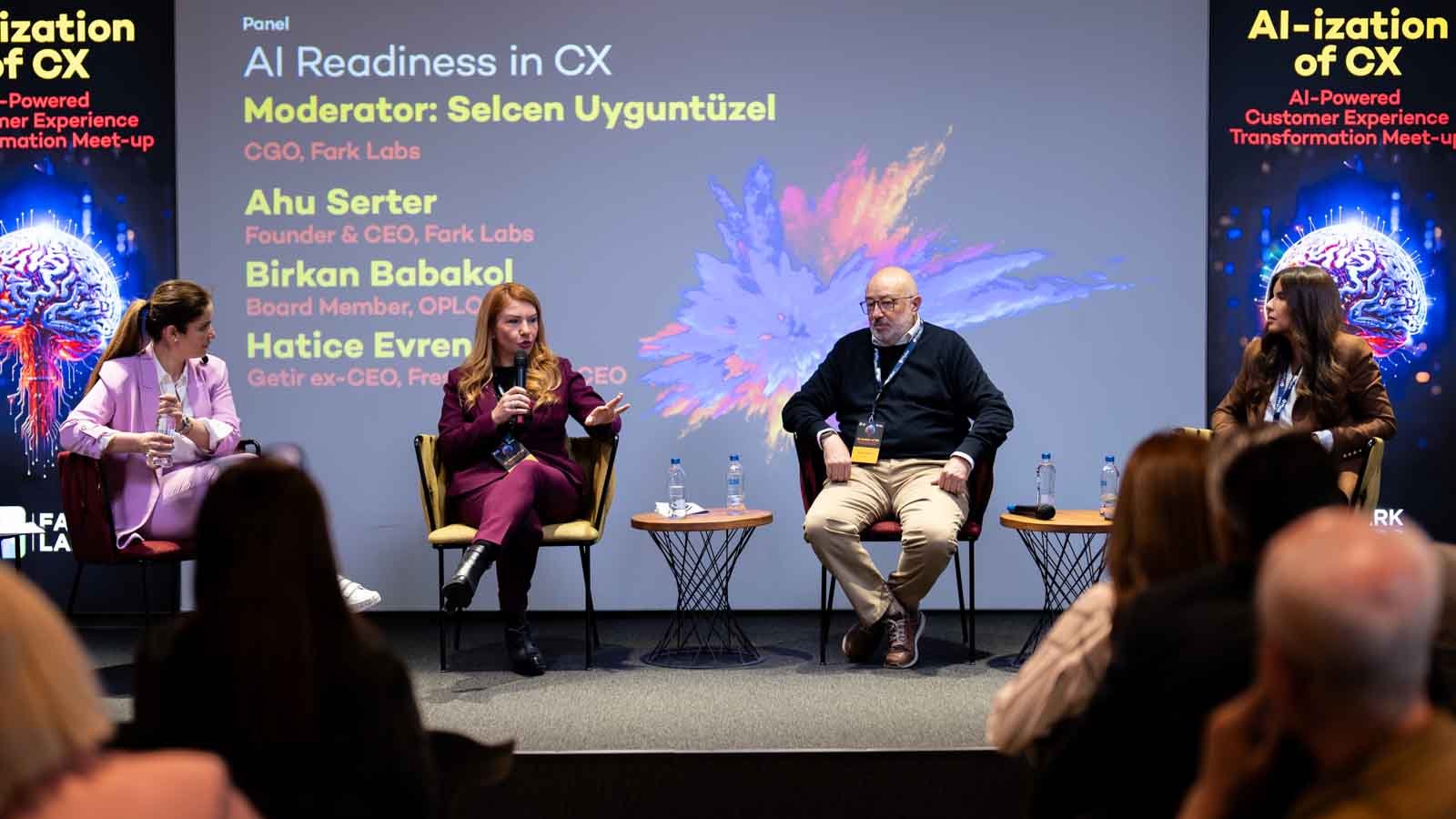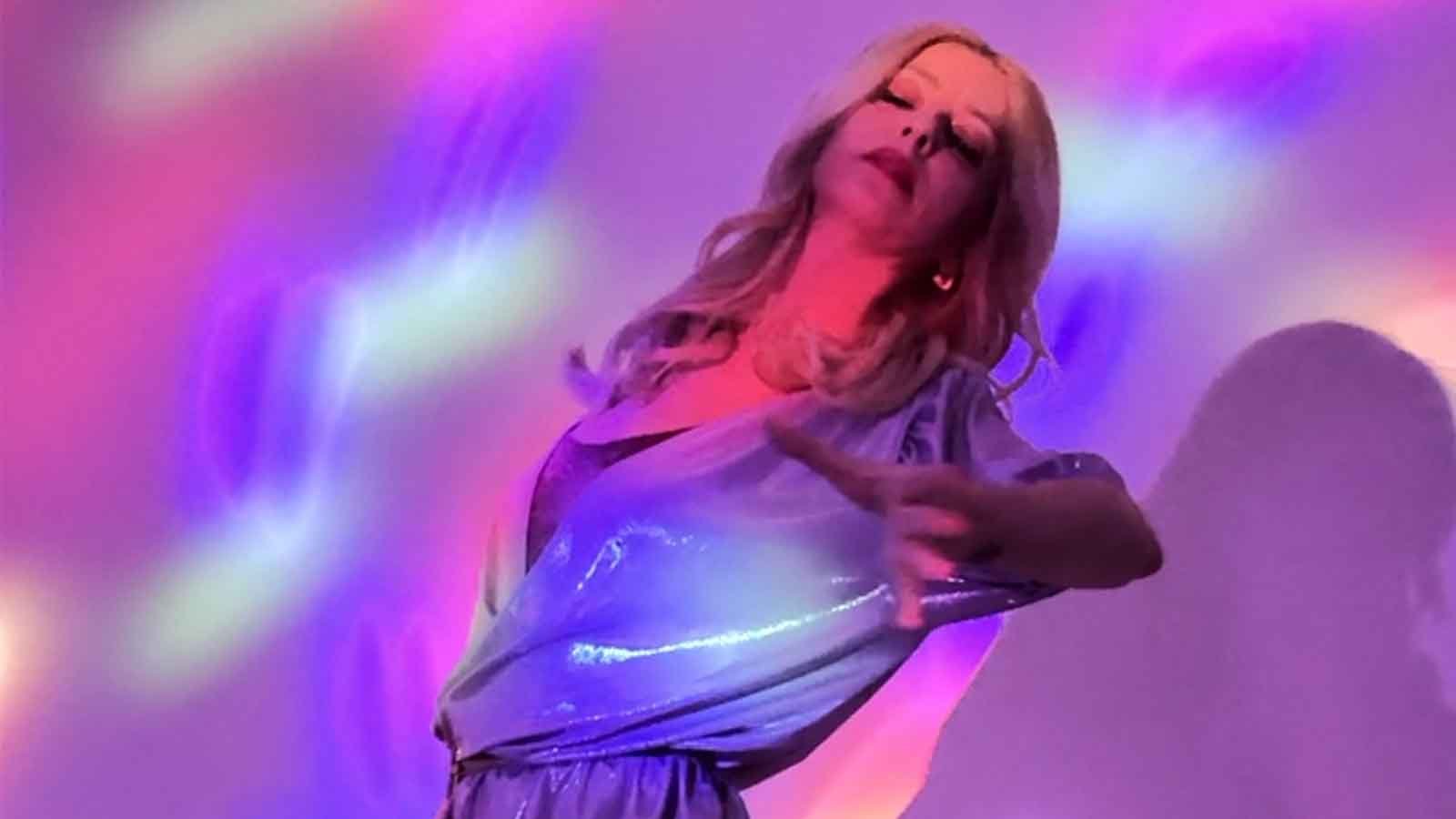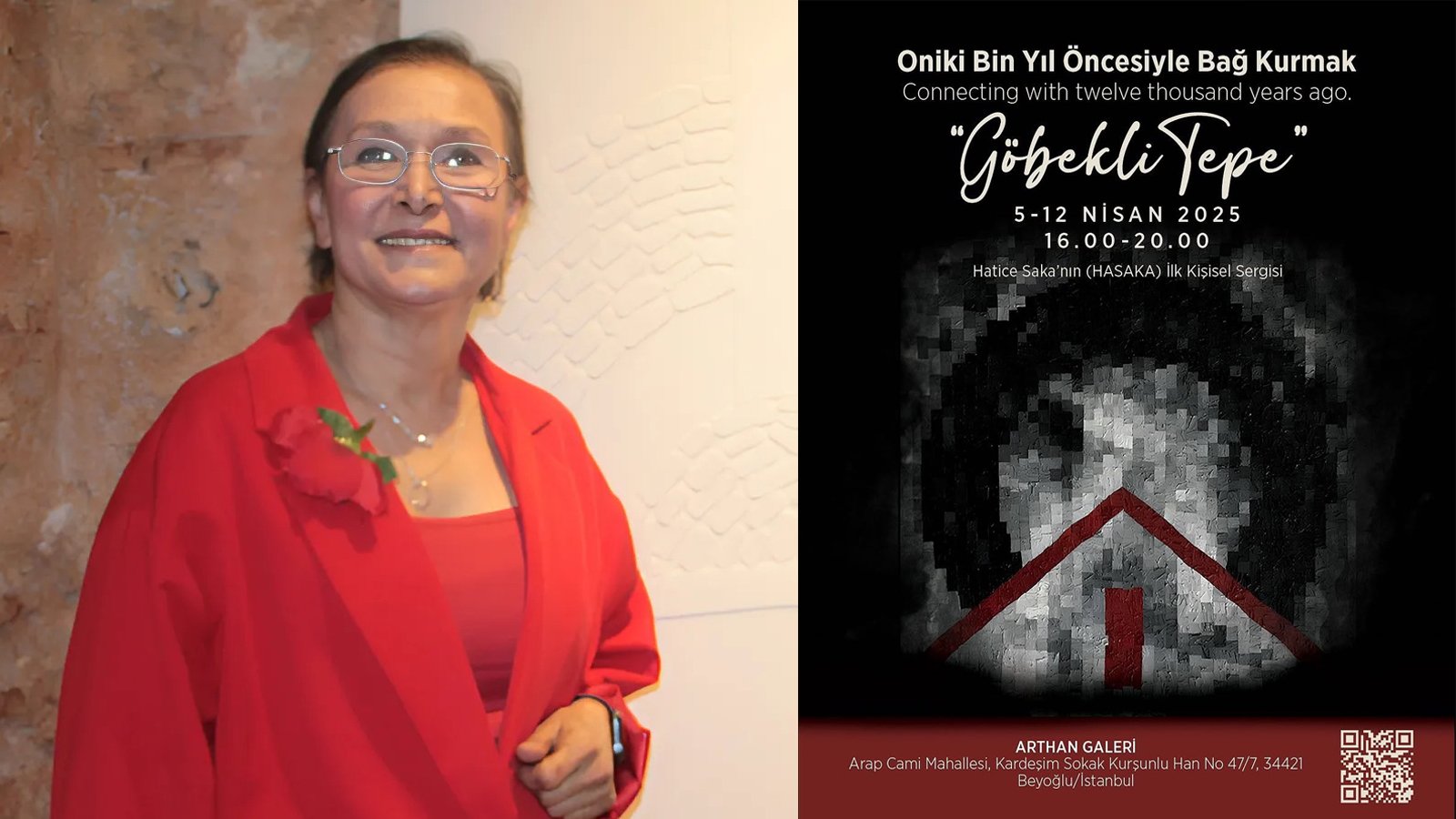Endülüs’te Raks: Two-Act Dance Performance
December 1, Sunday 2024 / 19:30 – Kozzy Culture Center, Kozyatağı – ISTANBUL
The performance: Melek Yel and a 20-member dance troupe embark on a journey to explore the dance of those who sing with equal intensity for life and death, as well as the Spanish tradition.
Hicran Çiğdem Yorgancıoğlu, producer of Chi Ci Talks, founding instructor of MIM CHI 360 Drama Dance Theatre, world-traveling economist, and performance artist, shared her impressions of the “Endülüs’te Raks Two-Act Dance Performance,” which will be staged on December 1, 2024, at Kozzy Culture Center. The performance, with Diva Melek Yel, a 20-member dance troupe, guest artist Diva Carmen Cervantes, and collaboration, takes the audience on a journey to explore the dance of those who sing with equal intensity for life and death, as well as the Spanish tradition.

Before sharing her impressions of the performance, in which “they wrote poetry on stage with heel strikes,” H. Çiğdem Yorgancıoğlu, who is an ethnic contemporary world performance dance artist and improviser in various drama forms, representing Turkey internationally in this field, spoke about the Chi Ci Talks she held last year at Taberna Espanola with these two exceptional and successful Flamenco artists. It was a delightful interview where they discussed Flamenco’s dance, accessories, communication language, music, history, its place in Spain, and the unifying, integrative, and inclusive aspects of dance in general, as well as tango. The event had high participation, with the audience contributing through questions and insights. She shared the news article from Önce Vatan and the Chi Ci Talks YouTube link, encouraging viewers to watch more about the artists.
Here are some excerpts from Çiğdem Yorgancıoğlu’s impressions and evaluations of the event:
“Picasso’s El Guernica painting and Flamenco dance are two of the most powerful and influential art forms in Spanish history, and they were on stage today.”
“The El Guernica painting and Flamenco dance both carry the potential and risk of being misunderstood, misinterpreted, or misrepresented. These misunderstandings, interpretations, and clichés can arise as these art forms become more popular and mainstream. With ownership, there is also the risk of commercialization and commodification. In this sense, it is important to remember the historical and cultural significance of these art forms and show respect to their roots and traditions. From this perspective, the performance was one that, while staying true to the essence of popular culture, gave a high-energy, intense, sincere, and intellectually rich sense of fulfillment.”
“On stage, we almost heard the sound of the horse’s hoof from Guernica and the heels of the woman. Carmen, the lieutenant, and the matador enchanted us in a different way. We witnessed Flamenco’s steps from planta to punta, tacón to golpe.”
“The control of the abdomen, hips, waist, and pelvis, with deliberate changes in the center of gravity… All were impressive. The hands, arms, shoulders, and Flamenco movements like the wings of a bird… All were mesmerizing.”
Selected memories from the event.
Yorgancıoğlu, the year she encountered El Guernica and Flamenco dance in Madrid, Melek Yel had established Flamenkoevi.
Flamenkoevi, founded by Diva Melek Yel in 2002 to bring together Flamenco enthusiasts to work and create together, was where I first grasped that I could immediately contribute fusion elements to the performances at MIM CHI 360 Drama Dance Theatre. This realization came during my Madrid trip, following Barcelona, one of the key destinations of my World Tour project. It was during this time that I consciously and meaningfully experienced a Flamenco performance, and I understood its value in a deeper way. These were the days when my discovery of Café Cantante began. I had made a similar discovery in Lisbon in the Alfama and Bairro Alto districts for Fado music.
Standing in front of the painting, which uses distorted human and animal figures to represent the horrors of war, I was quite skilled at providing the symbolic language and historical details of the Spanish Civil War. However, it was in August 2002, that I first encountered the original El Guernica at the Reina Sofia Museum in Madrid. This painting had been a subject I had explored many times in different contexts in my MIM CHI 360 Drama Dance Theatre philosophy and dance workshops. In one section, while incorporating touches of Flamenco due to its Spanish origin, I particularly enjoyed drawing attention to the rhythms of foot strikes in Flamenco and those of horses’ hoofbeats in my workshops on horses. For instance, “golpe.”

By the way, the horse and bull symbols in El Guernica are particularly special to me. I will explain this in more detail another time. That year, 2002, my primary focus was on Indian Kathak dance, and I had also discovered some overlapping areas with Flamenco. To summarize, Flamenco was a dance that I did not directly participate in but always enjoyed watching—sensitive, powerful, and full of passion. El Guernica and Picasso… Watching Flamenco performances in Endülüs’te Raks on stage was an amazing experience of exhilaration.
MIM CHI 360 and FLAMENKOEVI Agree on the Importance of Inclusive and Embracing Cultural Diversity in Dance and Art
“The choreography, concept, and stage direction of Endülüs’te Raks performance carry the signature of our dear friend Melek Yel. As someone who works for peace, cultural diversity, and inclusivity across the five continents, I admire Melek Yel not just for her dedication to art and her excellent execution of her work but also for her values. Diva Melek Yel is an artist who places importance on inclusivity, cultural diversity, and embracing differences. It is remarkable and admirable that she was one of the founders of the Cultural Research and Struggle Association (KARKAM), which stands for all Romani people in Turkey, aiming to be their voice without discrimination, founded in 2006. In music, there were pieces by Mavi Siyah, Luis de Perikin, Isaac Albéniz, Georges Bizet, Traditional Goya; in poetry, the signature of Andrey Voznesenski; in lighting design, Alev Topal; in lighting application, Ra Yavuz; and our guest artist was Carmen Cervantes. On stage, my longtime friend and former colleague of over twenty years, Pleiades Peren Çakır, was once again bringing her brilliance. When I looked at the performance’s artistic credits, I saw these notes. We also noticed, upon reviewing the artistic credits, the choreographic collaborators who made their mark, such as Carmen Cervantes, Nesrin Topkapı, the voiceover by Gözde Ural, Kerem Ulaş Dönmez, music editor Kerem Ulaş Dönmez, poster design by Hatice Perendi, video production by Emine Özge Demirkıran, Adnan Bahri Arslan, costume design by Melek Yel, costume application by Saliha Oçmak, technical crew members Turgay Gökçe and Tevfik Yel. We also witnessed the amazing teamwork of the 20 talented dancers. Whether in the creation of the choreography or the performance itself, there was a sense of a philosophy that never took shortcuts; to describe it as ‘trying to breathe under a veil’ would be an understatement.”
The famous painting El Guernica, created by renowned Spanish artist Pablo Picasso in 1937, was on stage this evening. Having witnessed countless performances across the five continents and attended numerous Flamenco shows in the vibrant nights of Madrid, as well as having seen the original El Guernica painting, the performance inspired by this masterpiece, depicting the horrors of the bombing of the Basque town of Guernica during the Spanish Civil War, was profoundly impactful. The painting symbolizes the brutality of war and the suffering of innocent civilians, and the performance captured this emotional intensity in every transition. I was deeply moved by all the performances, but El Guernica holds a special place in my heart, which is why I believe I’ll focus most on my impressions of it. Projection videos, including those related to Picasso’s works, added a powerful dimension to the narrative.
A Little About the Painting: The Importance of the Story to Understand the Deep Reflection in the Performance
I’ll briefly skip over the well-known conversation between Hitler (or, according to some narratives, one of his commanders) and Picasso—”Did you do this?” “No, you did.”—as it has become somewhat of a cliché and has already been widely discussed, even on social media. But if we travel back a little further in history, it’s widely known that during the Spanish Civil War, the autonomous town of Guernica was bombed by the German Nazi Condor Legion and Italian forces who supported General Francisco Franco’s Nationalist troops. The bombing on April 26, 1937, was a devastating attack on civilians, causing widespread destruction and loss of life. Picasso, who was living in Paris at the time, was deeply affected by the news of the bombing and felt compelled to create a work of art that captured the tragedy and suffering of the victims in the town, which had been subjected to a brutal civilian massacre. Picasso began working on El Guernica shortly after hearing the news and completed the painting in just over a month. The painting is a striking and powerful depiction of the horrors of war, with twisted bodies, burning buildings, and faces full of anguish. The image of a woman holding a dead child is almost a secular version of the “Pietà,” referring to the depiction of the Virgin Mary holding the lifeless body of Jesus after his descent from the cross. The sharp use of black and white, and the absence of color, enhance the feeling of despair and destruction portrayed in the painting. These depictions of anguish were also reflected on stage during the performance.

Picasso’s El Guernica was created in 1937 as a commission from the Spanish Republican government to represent the country at the Paris International World Expo during the bloody Spanish Civil War, which was being fought under the dictatorship of General Francisco Franco. The painting received widespread acclaim at the fair and became a symbol of the war’s brutality and the suffering of civilians. Following the creation of the piece, Picasso’s El Guernica was initially kept at the Museum of Modern Art (MoMA) in New York, as a long-term loan until democracy was restored in Spain. In 1981, it was transferred to Madrid, where it was displayed under bulletproof glass in the Prado Museum, protected by armed guards. Later, in 1992, when the Reina Sofia Museum opened, the painting was moved to its new home. Visiting both of these museums in 2002, spending hours meticulously studying the painting’s details, was a remarkable experience for me—it deeply enriched my knowledge and understanding of art history.
El Guernica, with its symbolic language of the bull, wounded horse, and winged bird, soon became a symbol of the horrors of war, as well as a call for resistance against violence and oppression. Since its creation, it has become one of the most famous and influential works of art in the world, inspiring countless artists, activists, and viewers to reflect on the consequences of war and the importance of peace. The painting has sparked various perspectives and interpretations from art historians, curators, and scholars who have deeply analyzed its symbolism and composition. El Guernica is widely considered one of the most iconic artworks in modern art history. Art historian Rosalind Krauss, who has written extensively about Picasso’s works and El Guernica‘s place in modern art, argued that it marked a turning point in Picasso’s career, signaling a shift toward a more politically and socially engaged form of art. By analyzing the painting’s composition, imagery, and symbolism, Krauss shed light on the complex layers of meaning embedded within El Guernica and emphasized its enduring significance as a powerful statement against war and violence.
El Guernica has elicited a wide range of responses from audiences and critics around the world. Some see it as a powerful symbol of resistance and protest against tyranny and oppression, while others view it as a grim and hopeless depiction of human suffering and destruction. The abstract forms and distorted figures in the painting have led some to interpret it as a universal expression of the horrors of war, while others see it as a specific commentary on the events of the Spanish Civil War, sparking ongoing debates about its meaning and message. Despite the various interpretations, one thing is clear: the painting continues to resonate with viewers and incites reflection and discussion about the themes of war, violence, and human resilience. There have been claims that Picasso drew inspiration from a tapestry created by the 16th-century Raphael School, which was later gifted to the Vatican. However, since I have not seen this tapestry or its sources, I cannot speak to the validity of these claims.
The angry bull in the painting is interpreted by some as a symbol of the oppressive force of fascism, while others see it as a representation of the rise of nationalism across the world. In a different reading, the bull may symbolize a figure of historical significance in Spanish culture, with the flames at the end of its tail representing the inner face of war. I have various interpretations of the bull’s head, which I would like to discuss further after talking with the artists involved in the performance we saw.
“The power of art and creativity in El Guernica is likely to continue inspiring new generations of artists and audiences to confront the challenges and complexities of our time. As a result, El Guernica remains a groundbreaking work of art that has left a lasting impact on the world, becoming a symbol of hope, resilience, and resistance in the face of violence and oppression. In other words, with its powerful imagery and profound message, El Guernica continues to stimulate thought, ignite discussion, and inspire action in the pursuit of peace and justice. Dance does this too. Bringing this to the stage with Flamenco is a strong choice.”
El Guernica on Stage: Almost a Just Cry
Yorgancıoğlu says this and concludes her remarks as follows:
“Flamenco dance and Pablo Picasso’s iconic masterpiece El Guernica create a captivating harmony of sound, music, dance, and visual arts that evokes an exuberant, determined, and powerful sensory experience. Moments when two rebellious forms of expression come to life… The enchanting melodies, carefully selected costumes, and stage design, along with masterful lighting and fantastic shadow management that allow emotions to be fully conveyed… The balance of symmetry and asymmetry in the choreography was one of the first things that caught my eye. Meanwhile, I thought that the shawls could be a few centimeters shorter or smaller in size to be more aerodynamic.”
“Completing the historical anarchic emotional depth of El Guernica, I witnessed moments when the dance figures, which amplified the impact of Picasso’s striking images, captivated the audience with deep storytelling in their performance. With its powerful imagery and profound message, El Guernica and the Endülüs’te Raks dance performance are powerful enough to stimulate thought, ignite discussion, and inspire action in the pursuit of peace and justice. Special thanks to the entire team, especially Melek Yel, the architect of the project and performance, for immersing us in such a visual and sensory feast. And thank you to all of you for listening.”















